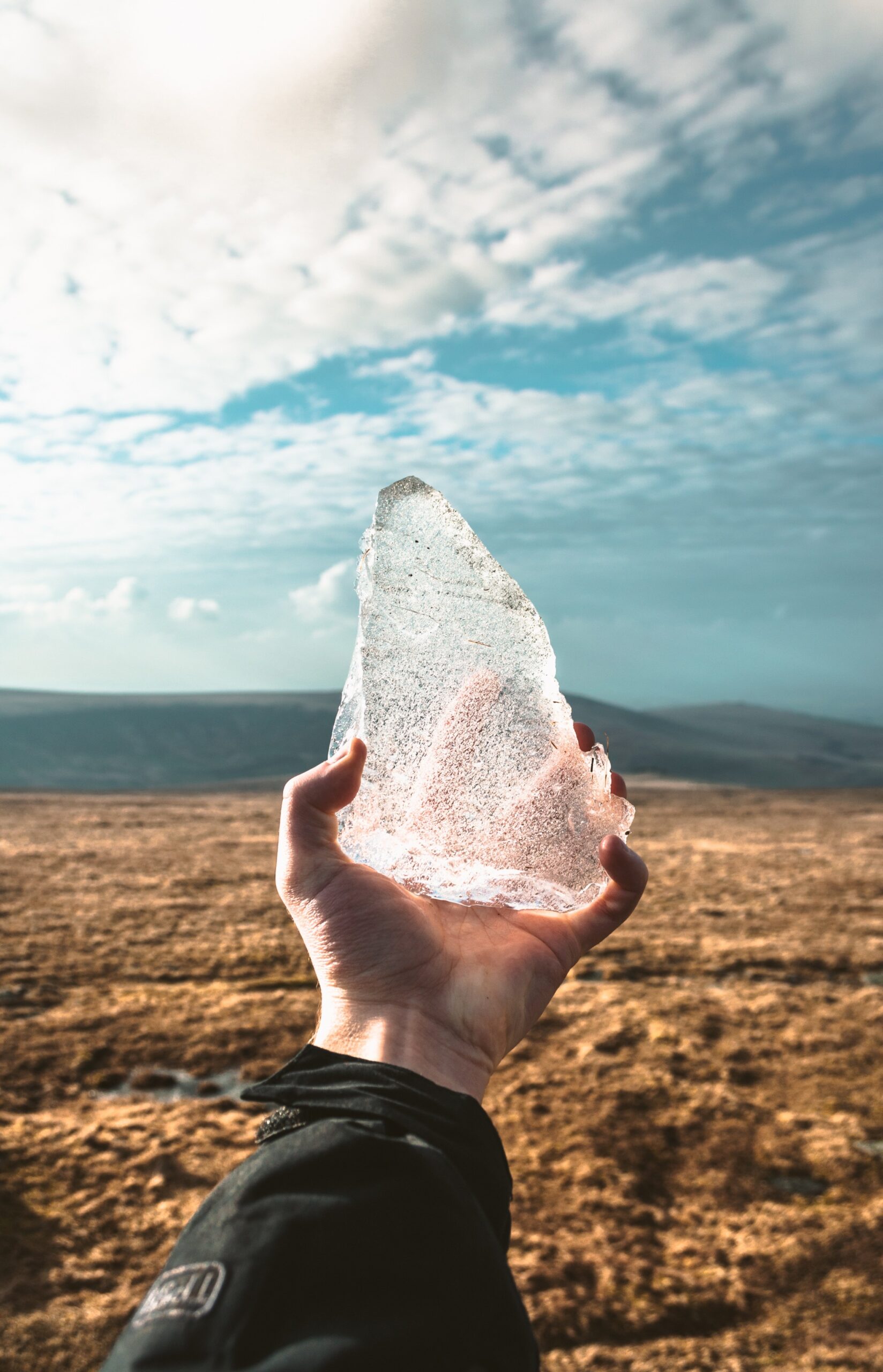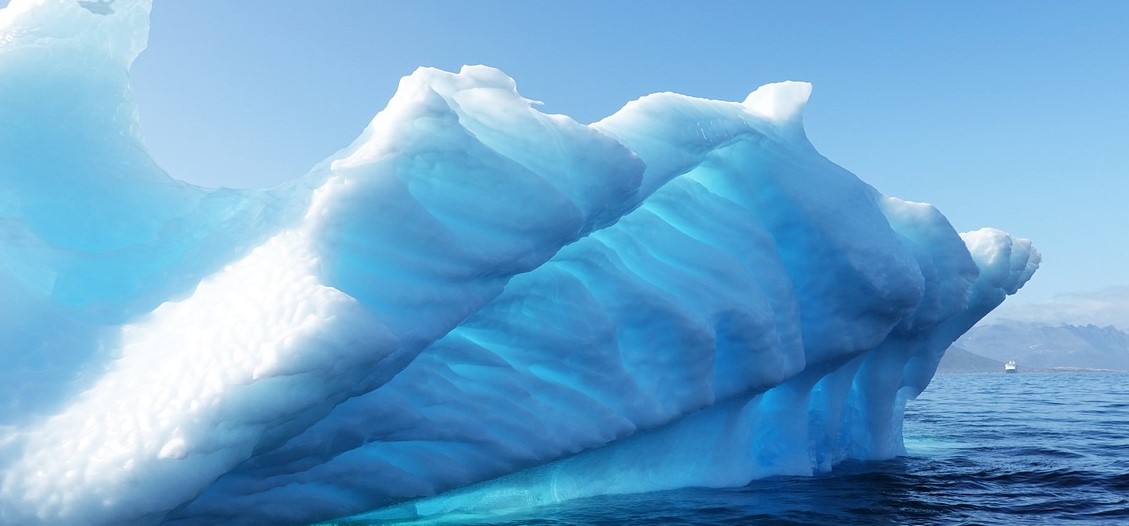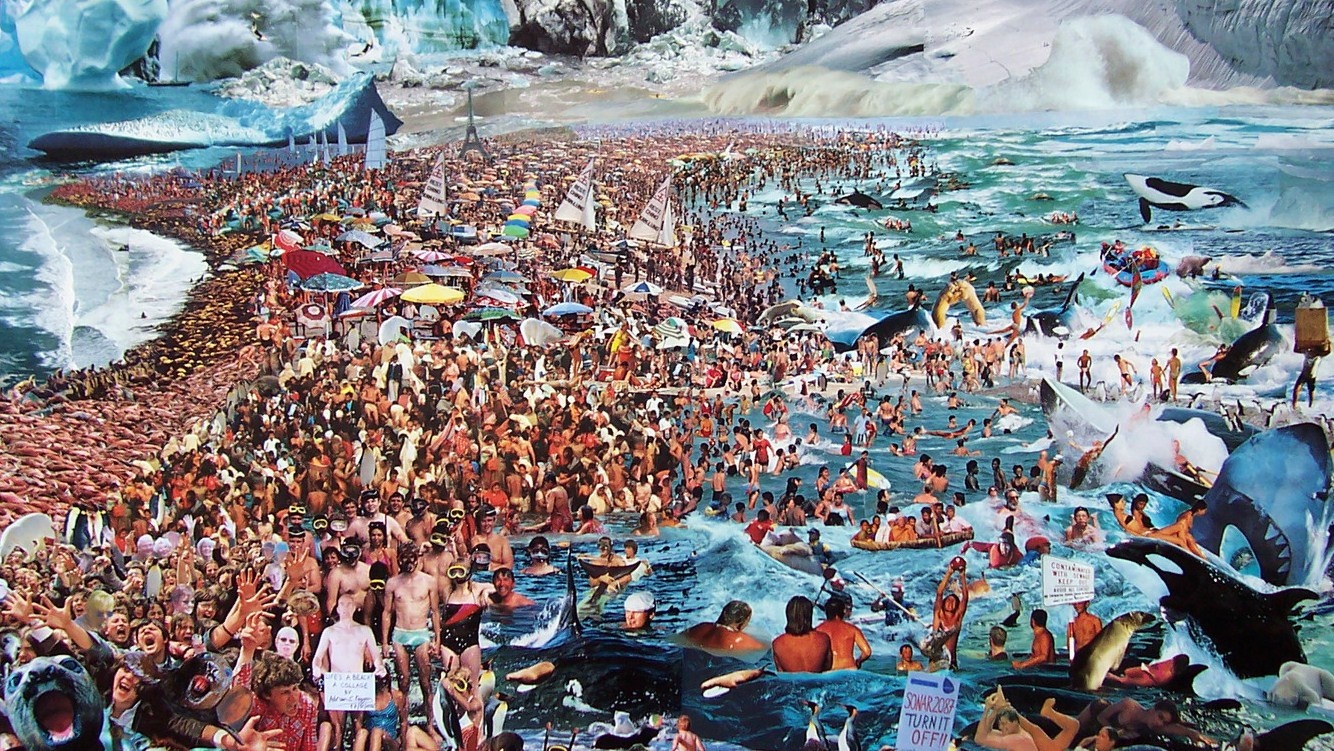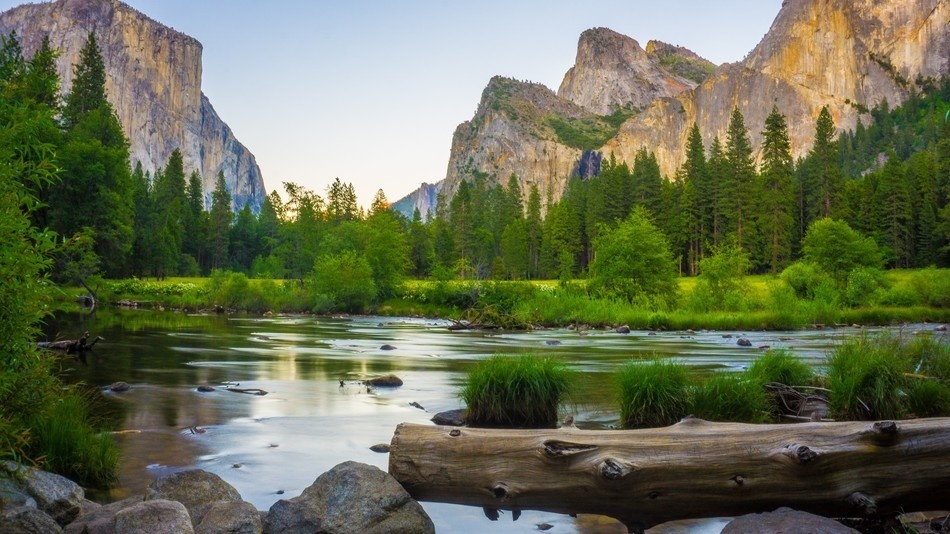
The Multi-Billion Dollar Crystal Industry May Not Be So Healing to Mother Earth

4 Easy Ways to Make Fighting Climate Change a Part of Your Holiday Traditions

The Climate Crisis Is About Social Oppression

On World Population Day: How Climate Change Could Make Us Go Extinct

